Molecular connectomics reveals a glucagon-like peptide 1-sensitive neural circuit for satiety
- PMID: 39627618
- PMCID: PMC12186539
- DOI: 10.1038/s42255-024-01168-8
Molecular connectomics reveals a glucagon-like peptide 1-sensitive neural circuit for satiety
Abstract
Liraglutide and other glucagon-like peptide 1 receptor agonists (GLP-1RAs) are effective weight loss drugs, but how they suppress appetite remains unclear. One potential mechanism is by activating neurons that inhibit the hunger-promoting Agouti-related peptide (AgRP) neurons of the arcuate hypothalamus (Arc). To identify these afferents, we developed a method combining rabies-based connectomics with single-nucleus transcriptomics. Here, we identify at least 21 afferent subtypes of AgRP neurons in the mouse mediobasal and paraventricular hypothalamus, which are predicted by our method. Among these are thyrotropin-releasing hormone (TRH)+ Arc (TRHArc) neurons, inhibitory neurons that express the Glp1r gene and are activated by the GLP-1RA liraglutide. Activating TRHArc neurons inhibits AgRP neurons and feeding, probably in an AgRP neuron-dependent manner. Silencing TRHArc neurons causes overeating and weight gain and attenuates liraglutide's effect on body weight. Our results demonstrate a widely applicable method for molecular connectomics, comprehensively identify local inputs to AgRP neurons and reveal a circuit through which GLP-1RAs suppress appetite.
© 2024. The Author(s), under exclusive licence to Springer Nature Limited.
Conflict of interest statement
Competing interests: The authors declare no competing interests.
Figures

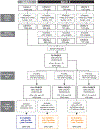
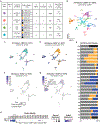
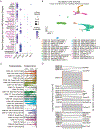


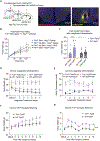
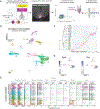

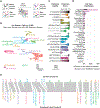
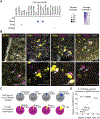

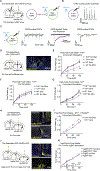
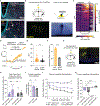

Update of
-
Molecular Connectomics Reveals a Glucagon-Like Peptide 1 Sensitive Neural Circuit for Satiety.bioRxiv [Preprint]. 2024 Jul 12:2023.10.31.564990. doi: 10.1101/2023.10.31.564990. bioRxiv. 2024. Update in: Nat Metab. 2024 Dec;6(12):2354-2373. doi: 10.1038/s42255-024-01168-8. PMID: 37961449 Free PMC article. Updated. Preprint.
References
MeSH terms
Substances
Grants and funding
- ZIA DK075087/ImNIH/Intramural NIH HHS/United States
- NNF18CC0034900/Novo Nordisk Foundation Center for Basic Metabolic Research (NovoNordisk Foundation Center for Basic Metabolic Research)
- P30 CA044579/CA/NCI NIH HHS/United States
- R21 EY033528/EY/NEI NIH HHS/United States
- DK075087/U.S. Department of Health & Human Services | National Institutes of Health (NIH)
- R01 HL153916/HL/NHLBI NIH HHS/United States
- 8045-00091B/Det Frie Forskningsråd (Danish Council for Independent Research)
- DK075088/U.S. Department of Health & Human Services | National Institutes of Health (NIH)
- 1-18-INI-14/American Diabetes Association (ADA)
- ZIA DK075088/ImNIH/Intramural NIH HHS/United States
LinkOut - more resources
Full Text Sources
Molecular Biology Databases

